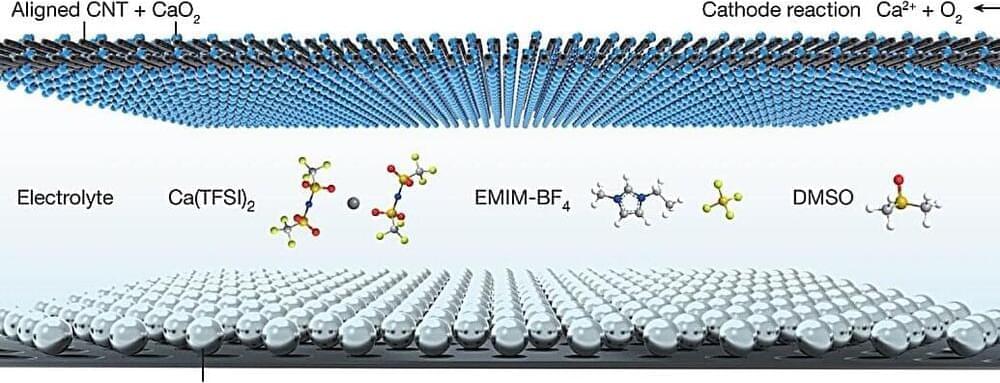Called it. already impacting. not even a week later.
I just used AI in two films that are going to be announced soon. That kept me out of makeup for hours. In post and on set, I was able to use this AI technology to avoid ever having to sit through hours of aging makeup.
How are you thinking about approaching the threat that AI poses to certain job categories at your studio and on your productions?
Everything right now is so up in the air. It’s so malleable. The technology’s moving so quickly. I feel like everybody in the industry is running a hundred miles an hour to try and catch up, to try and put in guardrails and to try and put in safety belts to keep livelihoods afloat. But me, just like every other studio in town, we’re all trying to figure it all out. I think we’re all trying to find the answers as we go, and it’s changing every day — and it’s not just our industry, but it’s every industry that AI will be affecting, from accountants to architects. If you look at it across the world, how it’s changing so quickly, I’m hoping that there’s a whole government approach to help everyone be able to sustain, is my hope.




